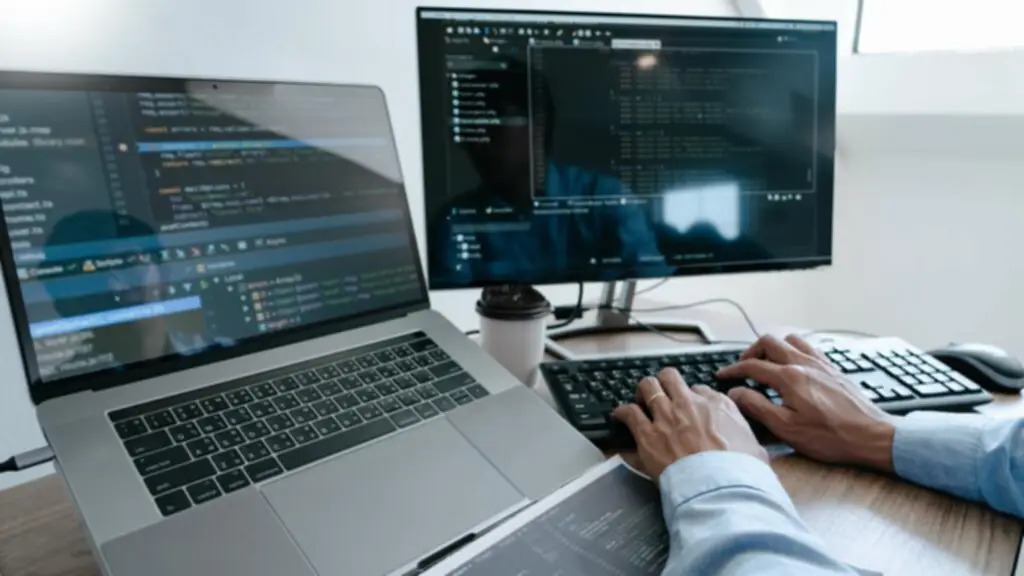Then, initialized a digital camera analyzer by giving the manufacturing unit a digicam evaluation configuration and mentioned lambda function. Start by implementing face detection within your Android software. Once a face is detected, provide a user interface component, like a button labeled ‘Add Face,’ that enables users to initiate the face registration course of. For face detection, you should use a picture with dimensions of at least480x360 pixels. If you may be detecting faces in actual face recognition app time, capturing framesat this minimal decision might help scale back latency. See Face Detection Ideas for particulars about how contours are represented.
It should pay consideration to the device’s orientation, the camera’s facing (front or back), and the digicam view’s dimensions (width and height). The efficiency reported for this mannequin is round 58.9 ms/frame in a 8 core 3.70 GHz CPU. The revealed accuracy for this model claims to be round 93% LFW on this “deep funneled” dataset. So I just created a spotlight that inherits from my rectangular face spotlight object.

So, I created the fashions as a configuration class so the face classifier object can know the enter shape, output shape, labels, and mannequin path (whether local or remote). The face recognition mannequin was already carried out previously as a college course project utilizing the sklearn.fetch_lfw_dataset dataset, you can check it on github, Oracle. This model will be afterward rebuilt with VGGFace2 and improved even additional.
This is an Android app that makes use of machine learning to offer real-time face recognition. It leverages the Cellular Large Language Model FaceNet mannequin, a lightweight neural network for face recognition that’s optimized for mobile gadgets. The app is constructed with ML Equipment and TensorFlow Lite, which provide highly effective tools for image recognition and machine learning on cellular units. The app’s person interface is created using Jetpack Compose, a contemporary UI toolkit that streamlines the event of native Android apps. To implement real-time face recognition on cell gadgets, it’s essential to use lightweight models. Fashions like MobileNet are designed particularly for cellular environments and provide excessive accuracy and fast inference velocity.
- First of all, let’s see what does “face detection” and “face recognition” imply.
- So, it was important to connect the face highlighter to both the camera view and the digicam analyzer.
- In order to unravel that issue, I determined to method this differently.
- The FaceSDK supplies a perform that may generate a template from a Bitmap image.
- Since I simply made a way to cross the frames from the digicam to anything I wished, I handed these frames onto the face detection model.
- Examine the extracted feature vector with a database of recognized face vectors.
From Junior To Senior – Modularization In Clean Architecture Android Initiatives
Nevertheless, the classification would run on a separate thread as quickly because the face is detected. All that was left was to cross the frames I was getting from the analyzer onto the face detector. Following the Firebase MLKit Face Detection documentation, I specified the image’s rotation and let the mannequin process it. I needed to lower the decision of the images because the fashions and the gadgets and the fashions we’ve at present are removed from having the power to deal with top quality photos fast. In order to display the digital camera frames to the person, I used AndroidX CameraView.
Apis Of Sdk
This entails preprocessing the face image and feeding it to the model. To create an InputImage object from a media.Picture object, such as when you seize an image from a device’s digicam, cross the media.Picture object and the picture’s rotation to InputImage.fromMediaImage(). This repository demonstrates each face liveness detection and face recognition expertise developed by KBY-AI. Regardless of which digicam API we use, what issues is that it offers a method to process its frames. This means, we’ll be ready to process each incoming frame, detect the faces in it, and identify them to the user (i.e. by drawing boxes round them on the overlay, for example). Google launched a brand new product within the Firebase Suite earlier this yr, Firebase’s Machine Learning Package.
Real-time Face Recognition Android App
Small sneak peeks of possible future phases are accumulating data on the go, establishing a smarter model, and updating and loading models online through dependency injection. Implement the required digital camera handling logic to seize frames from the digicam preview. This usually entails utilizing the CameraManager and CameraDevice APIs.

Before I drew those highlights on prime of the digicam view, I remembered that the digital camera view and the frames handed to the face detector haven’t got the identical decision. Due To This Fact, I had to create a transforming object to transform the coordinates of the face detected and their sizes to match the resolution of the digicam view. For real-time face recognition, working the AI model immediately on the cellular system rather than sending knowledge to a cloud server has a quantity of advantages. This strategy ensures higher privacy, reduces network latency, and guarantees quick response instances. Using frameworks like ZETIC.MLange allows easy conversion of existing AI fashions to On-device AI, making them usable on varied cellular gadgets.
The answers to the questions from the beginning, begin to be revealed. Once I had my FaceNet model on TensorFlow Lite, I did some exams with Python to confirm that it really works. I took some images of faces, crop them out and computed their embeddings. The embeedings matched their counterparts from the unique models.
As Soon As I had my Lite mannequin I did some exams in Python to confirm that the conversion labored correctly. And the results were good, so I was ready to get my palms on cell code. The ensuing file is very lightweight solely 5.2 MB, really good for a cell utility. As all of this was promising, I lastly imported the Lite model in my Android Studio project to see what occurred. What I found is that the model works fine, but it takes around three.5 seconds to make the inference on my Google Pixel three.
ML Equipment brings Google’s machine studying expertise to both Android and iOS apps in a powerful method. In this publish I will dive into how we can make use of it in order to build a real-time face detector for an Android app. The original sample comes with other DL mannequin and it computes the ends in one single step. Most of the work will consist in splitting the detection, first the face detection and second to the face recognition. For the face detection step we’re going to https://www.globalcloudteam.com/ use the Google ML package.